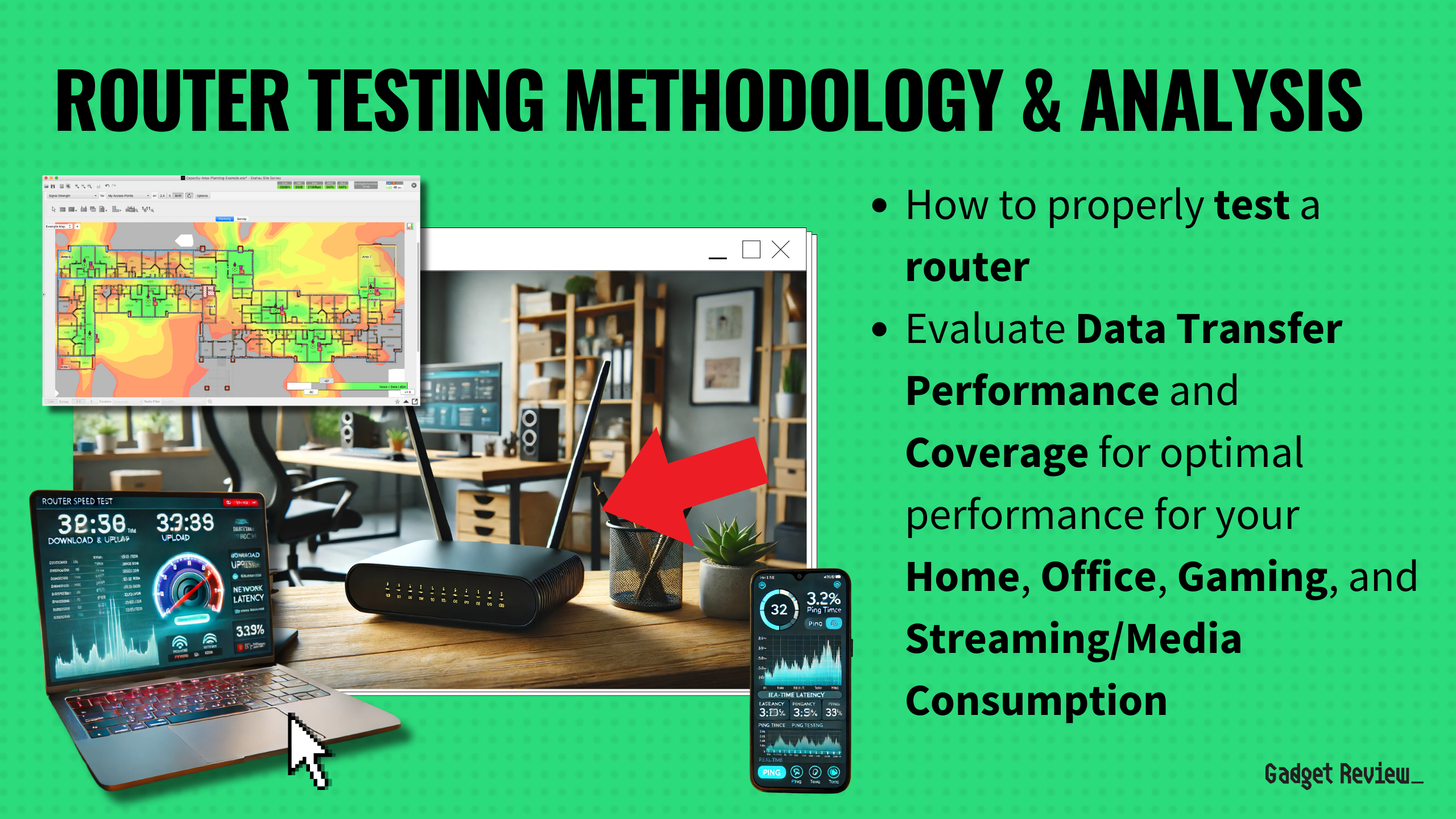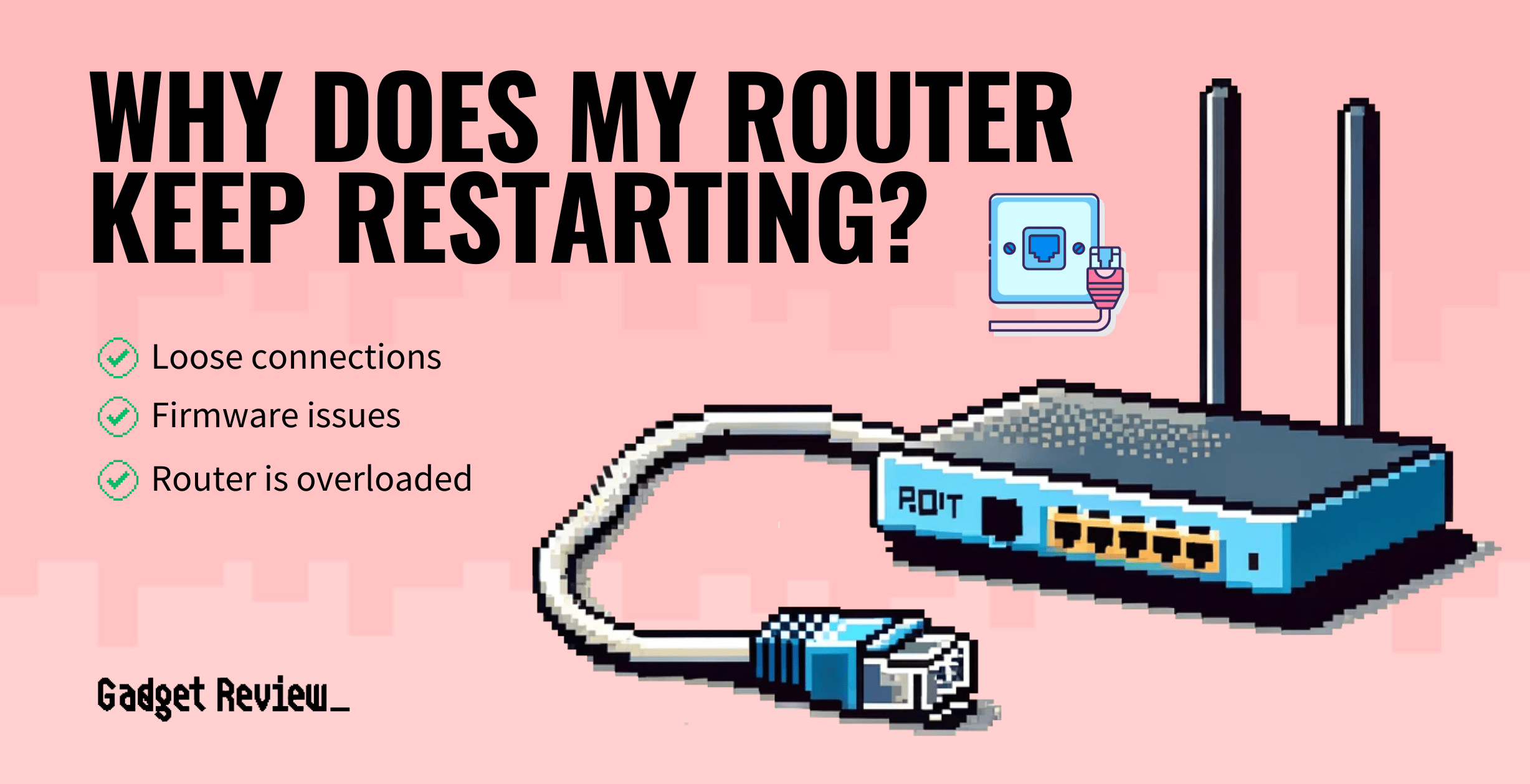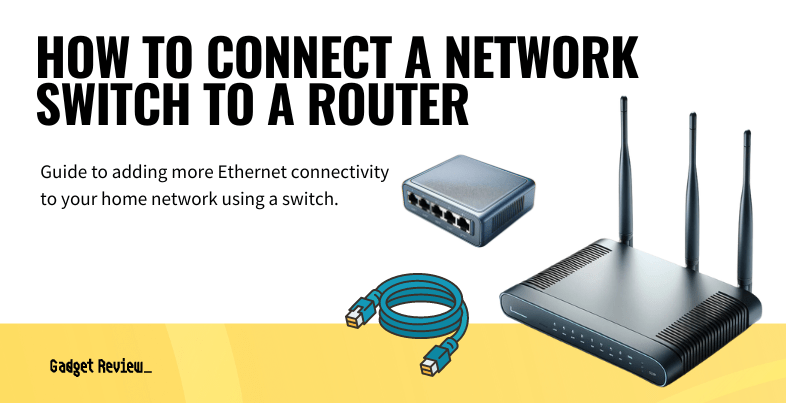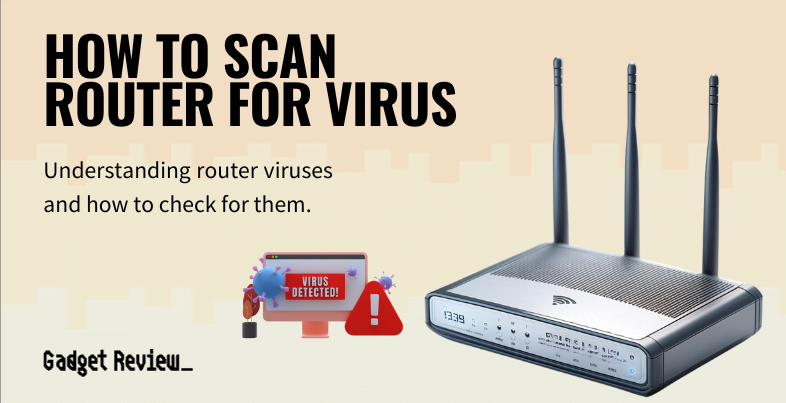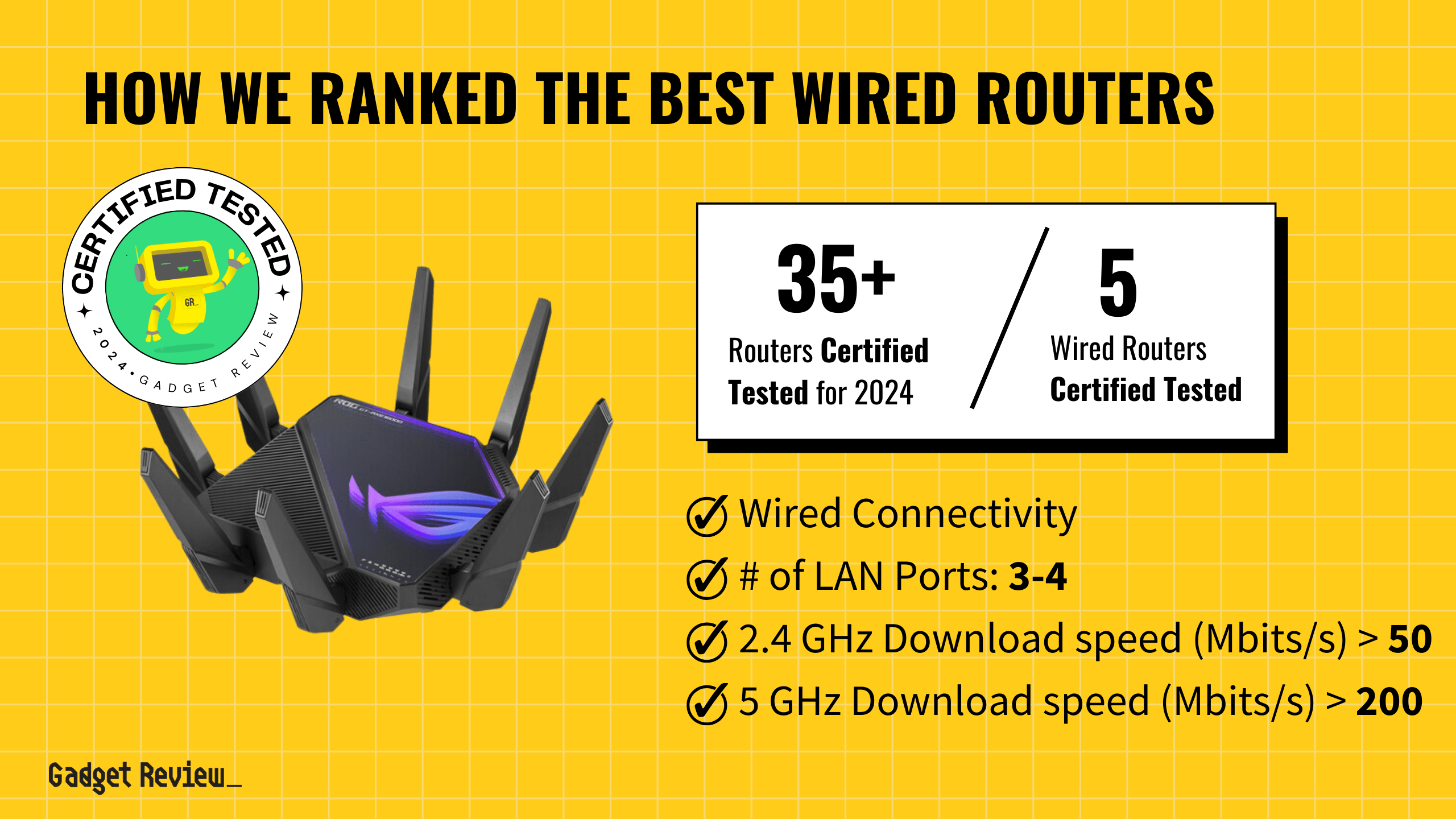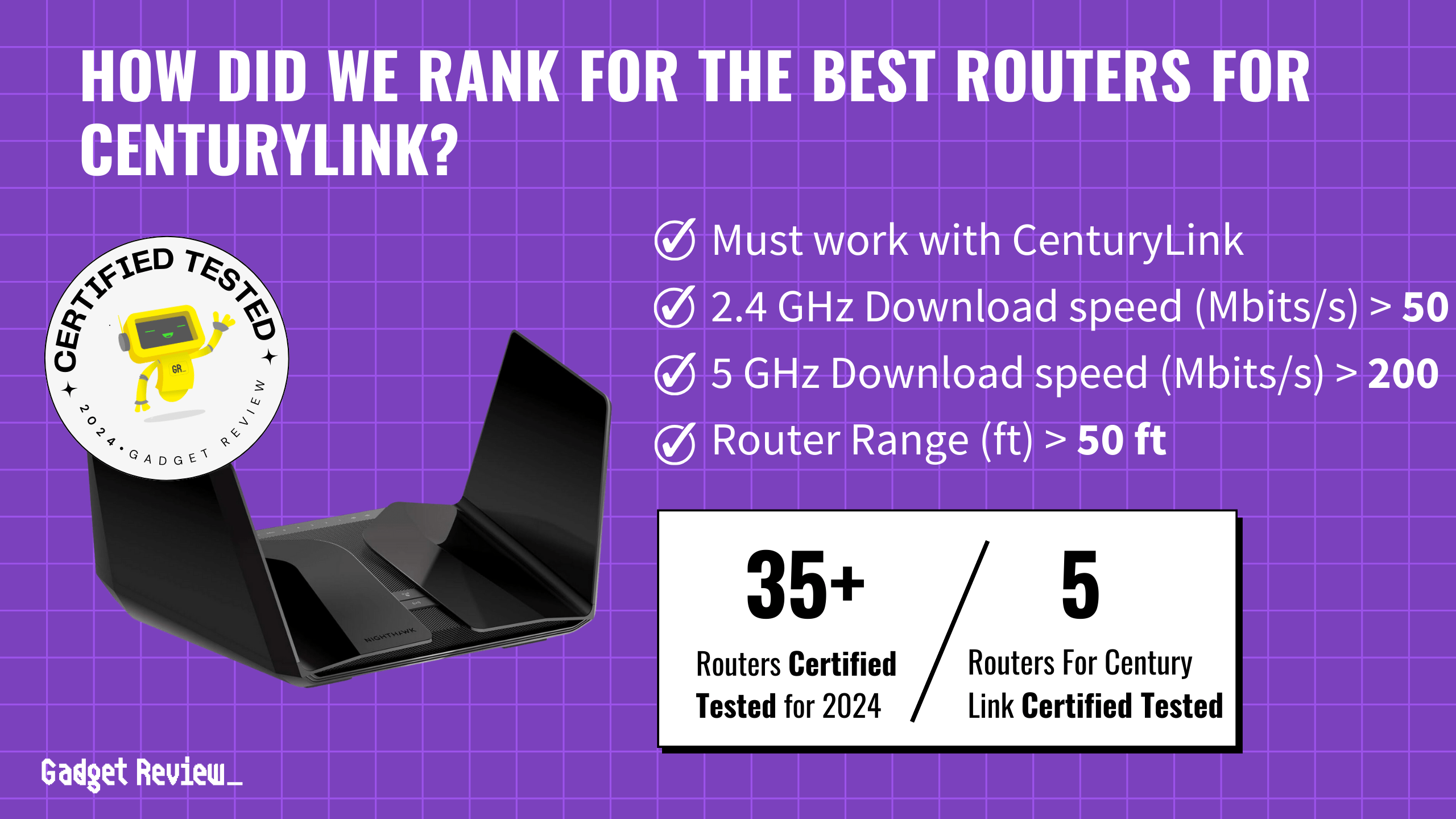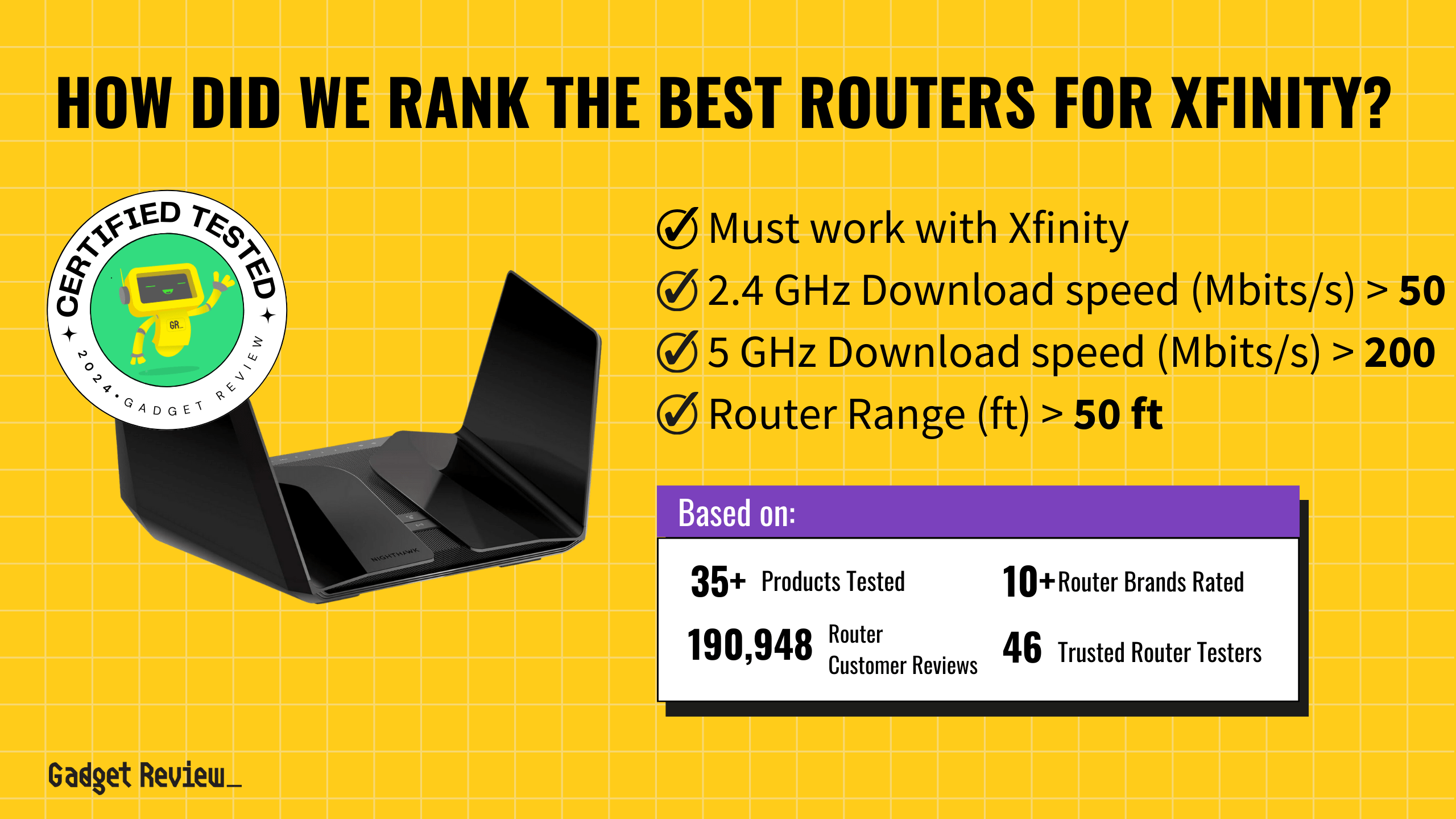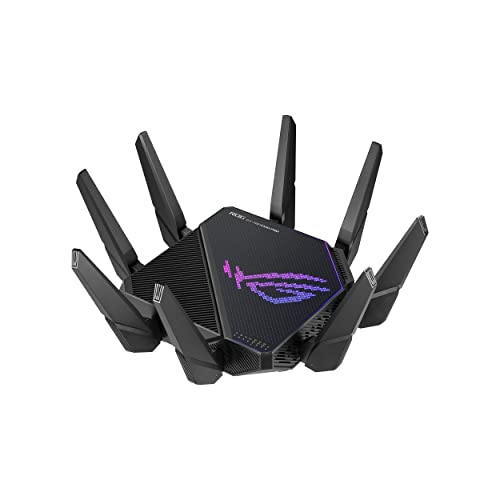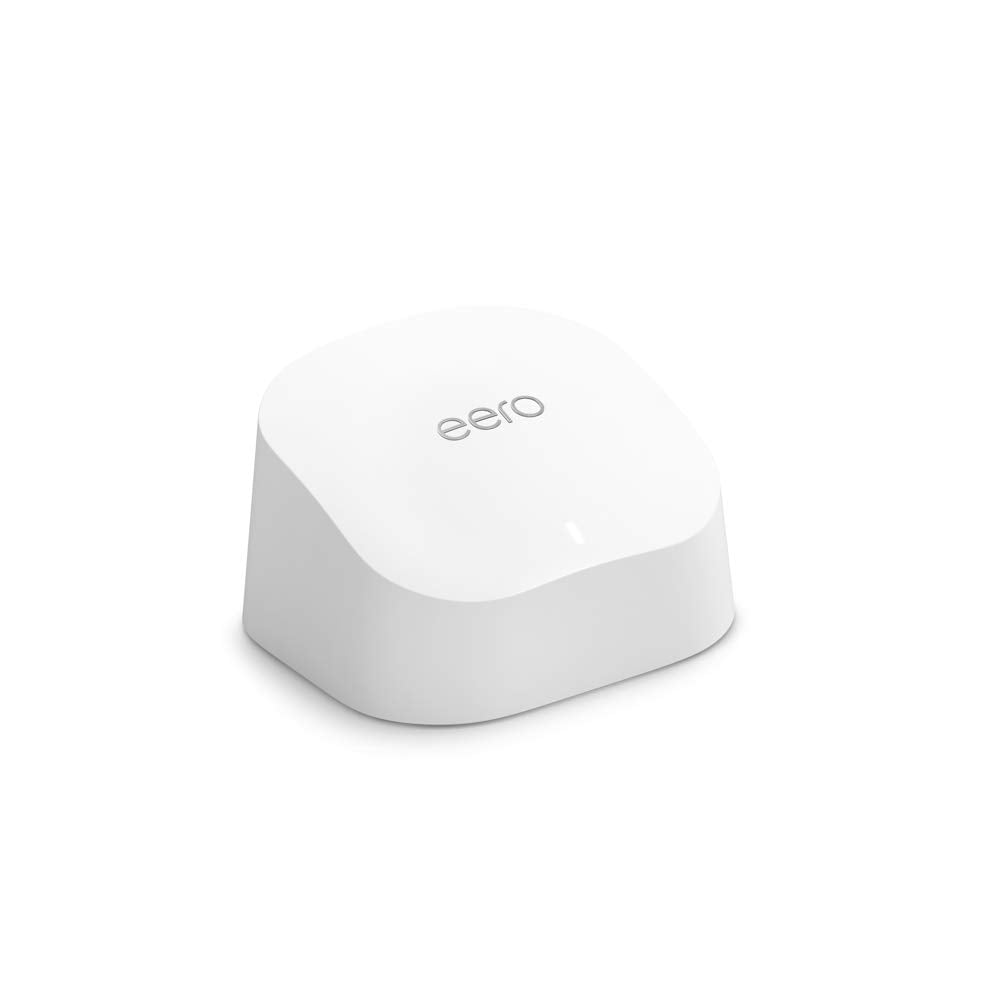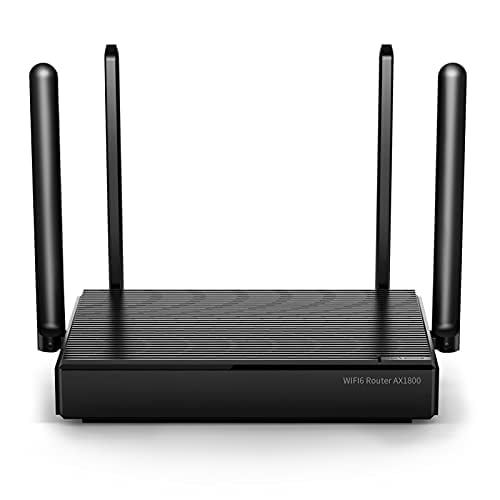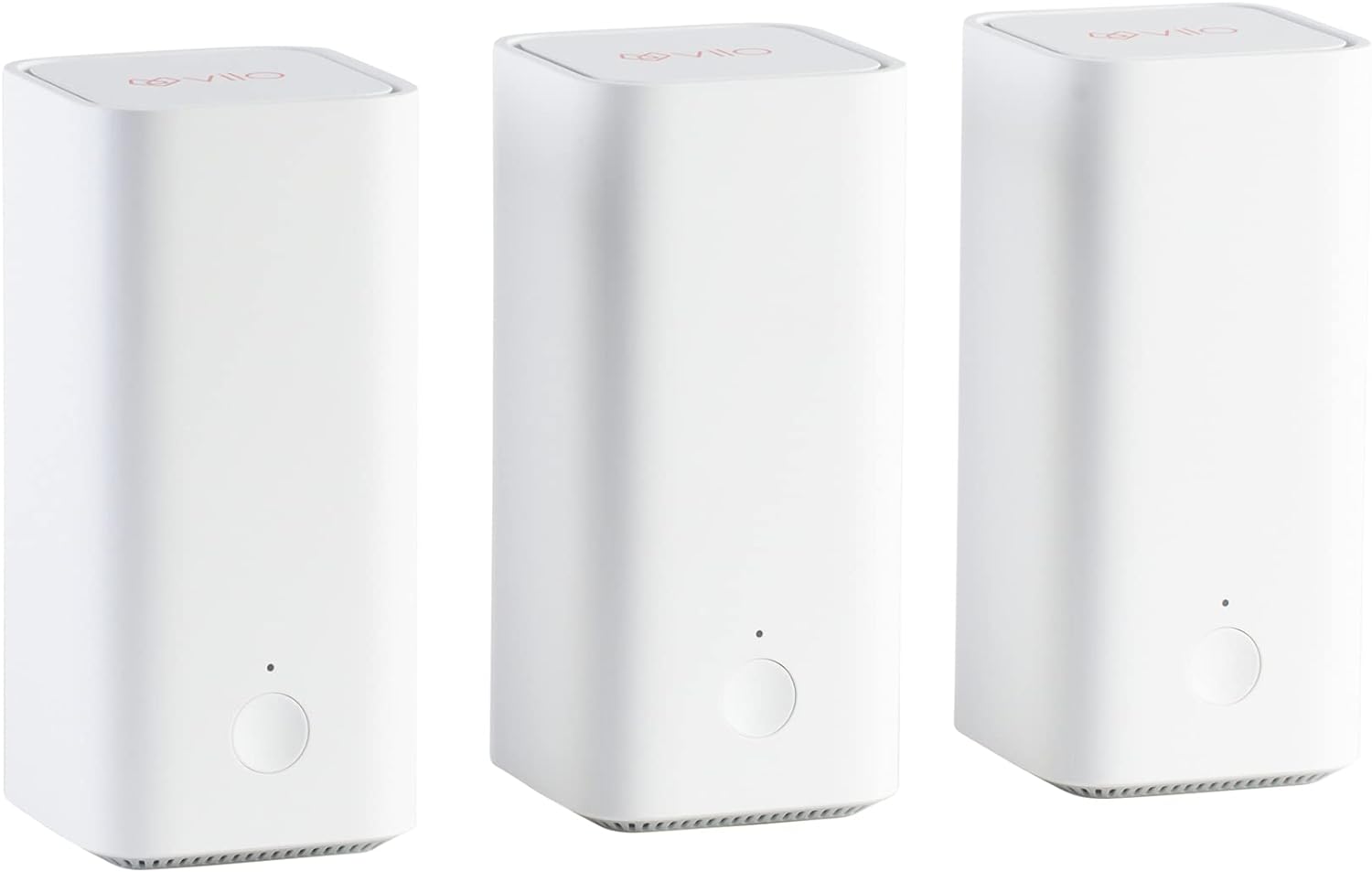When you’re streaming, the last thing you want is buffering or dropped connections. To avoid these issues, prioritize routers with high 5 GHz band performance, low latency, and robust QoS (Quality of Service) settings. These features ensure smooth streaming, even with multiple devices connected. Out of 37 routers evaluated, only 3 earned a spot in our guide.
We analyzed 194,551 reviews and found that many experts weren’t trustworthy. Our unique approach involves certifying products as tested and using our AI-powered True Score to filter out fake and low-quality reviews. The winning routers excelled in verified testing, ensuring reliable and high-speed performance for all your streaming needs. By choosing a great router, you can enjoy seamless streaming, gaming, and browsing without interruption.
How Did We Rank the Best Routers for Streaming?
Our buying guide for the best routers for streaming leverages an in-depth analysis of over 200 websites. By examining a variety of testing methods and customer reviews, we distill the most critical criteria for streaming routers. Our true score system factors in 2 required test results, 2 nice-to-have test results, and 1 must-have specification, ensuring that you get a reliable, high-performance router. We’ve focused on understanding the key pain points, like buffering and speed drops, to recommend only the top performers.
Our commitment to unbiased reviews is powered by our ‘True Score’ system, targeting low quality and fake reviews. When you shop through our links, you’re backing our mission. Dive deeper to see how.
?️ Minimum Specifications
- Must have quality of service prioritization
? Test Criteria
- 2.4 GHz Download Speed: A download speed on the 2.4 GHz band of at least 50 Mbits
- 5 GHz Download Speed: A download speed on the 5 GHz band of at least 200 Mbits.
? “Nice To Haves”
- Router Range: A range of at least 50 feet before the signal from the router begins to become noticeably weaker.
- Latency: A latency of 30 ms or less.
Latest Updates
- 06/16/2024: Republished the list to include the best routers for streaming based on our True Score system.
Top Routers for Streaming For 2025
Prices accurate at the time of publishing

Best Overall

Runner Up

Best Value

Best Budget

Best Mid-Range

Premium Pick
TP-Link Archer GX-90
For seamless streaming on platforms like Twitch or YouTube, the TP-Link Archer GX-90 delivers fast speeds and prioritized bandwidth.
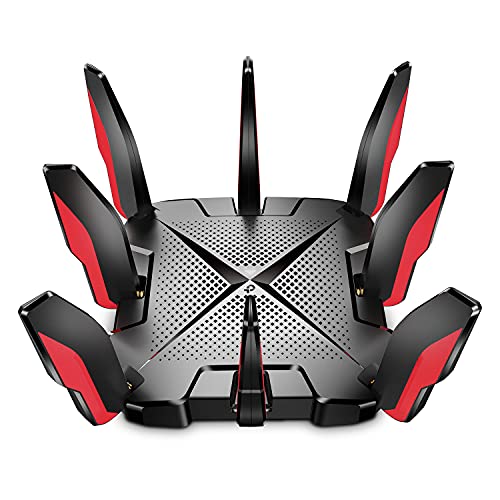
True Score
85847Experts
918kCustomers
Absolutely Fresh
 SAVE $68$249.99$181.70
SAVE $68$249.99$181.70Read More
Snapshot
Reasons to Buy
- Ease of use
Reasons to Avoid
- Below average Wi-Fi speeds
- Middling Wi-Fi range
Specifications

# of LAN Ports 3 
Frequency Bands 2.4 GHz, 5.0 GHz, 6.0 GHz 
MU-MIMO Support Yes 
Wireless Standard AC, AX, N 
Mesh System Yes 
Quality of Service Prioritization Yes 
# of Phone Ports n/a 
# of WAN Ports 2 
App Compatible Yes 
Available Storage n/a 
Band Technology Tri 
Battery Charge Time – 
Data Encryption Type WPA3 
Energy Star Certified n/a 
Integrated Modem No 
LAN Ports – 
Number of Antennas 8 
Parental Controls Available 
Processor Cores Triple 
Processor Speed 1.7GHz 
WiFi Range 2500 sq.ft 
WiFi Speed 6.6 Gb 
Wired Speed Unknown All Specs
Test Results
2.4 GHz Download speed (Mbits/s) 75 5 GHz Download speed (Mbits/s) 280 6 Ghz Download speed (Mbits/s) 0 Latency (ms) 20 Router Range (ft) 40 2.4 GHz Upload speed (Mbits/s) 44 5 GHz Upload speed (Mbits/s) 163 6 Ghz Upload speed (Mbits/s) 0 All Tests
All Retailers
- $181.70$250Save $68
- $229.99
- $298.00
Our Verdict
If you’re looking for a router for streaming content on platforms like Twitch or YouTube, the TP-Link Archer GX-90 is a solid all-around choice for smaller homes or with few connected devices. Its upload speed of 44.2 Mbits/s on the 2.4 GHz band and 162.7 Mbits/s on the 5 GHz band ensures seamless, high-definition streaming without buffering interruptions, a crucial factor for streamers relying on smooth, high-quality video delivery.
The Archer GX-90 is well-suited for more than just streaming; its robust performance on the 5 GHz band and 40-foot coverage make it ideal for gaming and everyday internet activities. Additionally, its 20 ms latency supports smooth video playback and quick browsing. However, if you require a wider coverage area, the Asus ROG GT6 Mesh extends over 95 feet and includes mesh capability for expansive wireless coverage, though it comes at a higher price.
One of the Archer GX-90’s most convenient features is its quality of Service (QoS) prioritization, which adeptly manages bandwidth to prioritize streaming traffic. This ensures that live streams are allocated the necessary bandwidth even during heavy network use, making it ideal for content creators who need consistent and reliable internet performance. Additionally, the router’s support for MU-MIMO technology allows multiple devices to connect simultaneously with minimal interference, which benefits streamers with multiple devices connected to their network.
The TP-Link Archer GX-90 is a versatile router that provides a high-quality streaming experience on platforms like Twitch and YouTube. Its fast internet speeds, advanced QoS prioritization, and MU-MIMO support meet the demands of modern streaming, making it a top choice for content creators and stream enthusiasts.
Read Less

Best Overall

Runner Up

Best Value

Best Budget

Best Mid-Range

Premium Pick
Netgear Nighthawk RAXE500
Best For Long Range
For top streaming performance on Twitch or YouTube, the Netgear Nighthawk RAXE500 has unmatched speeds to ensure seamless HD streams.
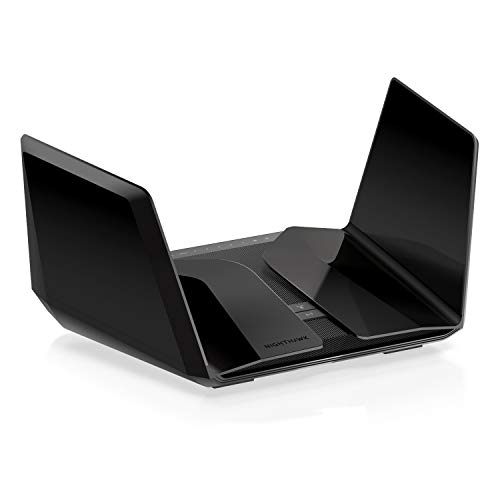
True Score
84847Experts
904kCustomers
Absolutely Fresh
 SAVE $329$599.99$270.99
SAVE $329$599.99$270.99Read More
Snapshot
Reasons to Buy
- Incredibly fast Wi-Fi speeds
- Reliable range
- Simple setup
Reasons to Avoid
- Limited 6GHz range
- Subscription-based parental controls
Specifications

# of LAN Ports 4 
Frequency Bands 2.4 GHz, 5.0 GHz, 6.0 GHz 
MU-MIMO Support Yes 
Wireless Standard AC, AX, N 
Mesh System No 
Quality of Service Prioritization Yes 
# of Phone Ports n/a 
# of WAN Ports 1 
App Compatible Yes 
Available Storage 512MB 
Band Technology Tri 
Data Encryption Type WPA3 
Energy Star Certified No 
Integrated Modem No 
LAN Ports 4 Gb Ethernet 
Number of Antennas 8 
Parental Controls n/a 
Processor Cores Quad 
Processor Speed 1.8GHz 
WiFi Range 3500 sq.ft 
WiFi Speed 10.8 Gb 
Wired Speed 1000 Mb All Specs
Test Results
2.4 GHz Download speed (Mbits/s) 417 5 GHz Download speed (Mbits/s) 844 6 Ghz Download speed (Mbits/s) 1,004 Latency (ms) 19 Router Range (ft) 105 2.4 GHz Upload speed (Mbits/s) 144 5 GHz Upload speed (Mbits/s) 317 6 Ghz Upload speed (Mbits/s) 557 All Tests
All Retailers
- $270.99$600Save $329
- $299.97$600Save $300
- $380.00$600Save $220
- $599.99
Our Verdict
If you’re searching for a top-notch router optimized for streaming on platforms like Twitch or YouTube, the Netgear Nighthawk RAXE500 is an exceptional choice, thanks to its impressive speed capabilities. This router stands out with a 6 GHz download speed of 1004.1 Mbits/s and a 6 GHz upload speed of 557.1 Mbits/s, offering the high throughput needed for high-definition live streaming, ensuring your audience enjoys a smooth, high-quality viewing experience without interruptions.
The Nighthawk RAXE500 is not just a one-trick pony. It offers extensive network coverage with a range of 105 feet and impressive 2.4 GHz speeds, reaching 416.64 Mbits/s for downloads and 143.8 Mbits/s for uploads. This ensures that even devices using older wireless standards can connect seamlessly, making it a versatile choice for streaming, gaming, or general internet use.
The Asus ROG HT6 Mesh has a lower download speed of 701.3 Mbits/s on the 5 GHz band than the RAXE500’s 844.4 Mbits/s. However, its higher upload speed of 618.5 Mbits/s makes it more suitable for environments with multiple users streaming or on video calls, compared to the RAXE500’s 316.7 Mbits/s. While the RAXE500 lacks this upload capacity, it offers access to the 6 GHz band, providing superior speeds for bandwidth-intensive activities like downloading large files and uninterrupted web browsing.
The Nighthawk RAXE500 is designed for tech-savvy users, with sophisticated features like Quality of Service (QoS) prioritization and MU-MIMO support. It intelligently prioritizes streaming traffic, ensuring your live streams on Twitch or YouTube broadcasts are delivered with minimal delay and optimal quality. Its low latency of 19ms and strong encryption standards also secure and streamline your streaming setup, providing an enhanced experience for streamers and their viewers.
Read Less
Category Snapshot
Routers
- Total Brands/Products Tested
12 Brands, 37 Products
- Top 2 Brands
Netgear, Asus
- Price Range (Budget-Premium)
$45-$600
- Average True Score
79.42
- Important Test Criteria
Download & Upload Speed (bits/second)
Range (feet/meters)
- Most Trusted Testers

- Top Router Experts
- Typical Warranty
1 year
- Covered by Insurance
Yes – AKKO

Best Overall

Runner Up

Best Value

Best Budget

Best Mid-Range

Premium Pick
Asus ROG GT6 Mesh
Best For Vpn
The Asus ROG GT6 Mesh router excels for streamers thanks to its blazing 5 GHz upload speed and reliable performance, ensuring flawless live content delivery.

True Score
80826Experts
854kCustomers
Absolutely Fresh
 $456.99
$456.99Read More
Snapshot
Reasons to Buy
- Fast Download/Upload Speed
- Easy to install and operate
Reasons to Avoid
- WiFi speed drops off at long range
- Connection range is limited
- Limited USB Connectivity
- Mediocre Latency
Specifications

# of LAN Ports 3 
Frequency Bands 2.4 GHz, 5.0 GHz 
MU-MIMO Support Yes 
Wireless Standard AC, AX, N 
Mesh System Yes 
Quality of Service Prioritization Yes 
# of Phone Ports n/a 
# of WAN Ports 1 
App Compatible Yes 
Available Storage 256MB 
Band Technology Tri 
Data Encryption Type WEP, WPA-Enterprise, WPA-PSK, WPA2-Enterprise, WPA3-Personal 
Energy Star Certified No 
Integrated Modem No 
LAN Ports 3 Gb Ethernet 
Number of Antennas 9 
Parental Controls Yes 
Processor Cores Triple 
Processor Speed 1.7GHz 
WiFi Range 5800 sq. ft 
WiFi Speed 2.6 Gb 
Wired Speed 2500 Mb All Specs
Test Results
2.4 GHz Download speed (Mbits/s) 139 5 GHz Download speed (Mbits/s) 701 6 Ghz Download speed (Mbits/s) 0 Latency (ms) 22 Router Range (ft) 95 2.4 GHz Upload speed (Mbits/s) 112 5 GHz Upload speed (Mbits/s) 619 6 Ghz Upload speed (Mbits/s) 0 All Tests
All Retailers
- $456.99
- $479.99
Our Verdict
If you have a large home or many connected devices, the Asus ROG GT6 Mesh router is a superior choice for streamers. Its best-in-class 5 GHz upload speed of 618.5 Mbits/s is ideal for streaming high-quality, uninterrupted content, making it ideal for content creators who need flawless video and audio. The router’s download speed of 701.3 Mbits/s makes it excellent for tasks such as streaming high-definition videos, online gaming, and quickly downloading large files. As a mesh system, the ROG GT6 ensures extensive and reliable coverage across large areas, preventing connection drops throughout your home.
The Asus ROG GT6 Mesh router’s 2.4 GHz download speed of 139.35 Mbits/s ensures a stable and reliable connection for various internet activities, from web browsing to media downloading. This is particularly beneficial for those further away from the router or using older devices that don’t support higher bands. With a low latency of 22 ms, the Asus ROG GT6 Mesh router facilitates a smooth stream with fewer delays and buffering. This is a key advantage for streamers and their audiences, who rely on constant, clear online interactions and high-definition live streaming.
Quality of Service (QoS) prioritization is another critical feature, ensuring bandwidth is allocated efficiently to high-demand tasks like streaming, ensuring consistent performance even during peak internet usage. Advanced security measures through data encryption, combined with MU-MIMO support for simultaneous device connections, underscore the router’s comprehensive capabilities. These features are indispensable for streamers who prioritize the security of their content and require a robust network that can efficiently handle multiple devices.
The Asus ROG GT6 Mesh is a powerhouse for content creators and streamers. Its superior upload speeds, extensive mesh coverage, and advanced features make it an outstanding choice for delivering high-quality streaming content on Twitch, YouTube, and beyond and accommodating the dynamic needs of a modern, connected household.
Read Less
Which Criteria Matters for Testing Best Routers for Streaming?
By focusing on these criteria (2 required, 2 nice to have), anyone can quickly and easily compare these routers and how they’ll perform. This helps you make an informed decision and purchase a routers that will meet your needs.
| CRITERIA | RANGE | REQUIRED | DEFINITION |
|---|---|---|---|
| 2.4 GHz Download Speed | > 50 Mbits/s | Yes | The top speed the router reaches downloading on the 2.4 GHz band. |
| 5 GHz Download Speed | > 200 Mbits/s | Yes | The top speed the router reaches downloading on the 5 GHz band. |
| Router Range | > 50 ft | No (Nice to have) | How far a device can be from a router before the signal starts degrading. It is worth noting that 2.4 GHz reaches further than 5 GHz. |
| Latency | < 30 ms | No (Nice to have) | The delay that is created by a signal being sent by the router and then received. |
Our Trusted Data Sources
We looked at 120+ router reviewers and found that 46 are trustworthy (60%+ Trust Rating). The three we have listed below are our most trusted for routers.
- James Morris – Kit Guru, LinkedIn
- Matt Spencer – TechGearLab, LinkedIn
- Brian Nadel – Tom’s Guide, MuckRack
Interested in a comprehensive analysis of our data sources? We’ve got you covered. Below, you’ll find a detailed list of every router review website we’ve identified, organized by their respective Trust Ratings from highest to lowest. But we didn’t stop there. We’ve meticulously reviewed each publication and verified the data by checking whether the authors have bio links to MuckRack or LinkedIn. We’re committed to not only checking the facts but ensuring their veracity.
Router Test Data & Results
Disclaimer:
Evaluating router performance is more than hardware analysis. While hardware tests are straightforward, the challenge lies in contextualizing the results within the limits of real-world usage. Routers operate under conditions that testers cannot fully standardize, including variations in Internet Service Providers (ISPs), network traffic congestion, discrepancies between advertised and actual internet speeds, and the physical layout of homes. These factors introduce a degree of unpredictability, making it hard to draw universal conclusions. As such, our router recommendations aim to provide useful general guidance, accommodating a wide range of home environments and internet setups.
1. 2.4 GHz Download Speed (Mbits/s)
The oldest and slowest of the bands on a router is the 2.4 GHz band, but it sticks around for a reason. Generally speaking, while this band features the slowest available speeds and has the lowest bandwidth, but also reaches out the furthest. It’s not the best band to connect to connect if you need high speeds, but if you just need to be connected for light browsing or anything that’s low bandwidth, it works. Alternatively, if you own a lot of old devices, this band may be the only band they can “see” and therefore, use.
Given the age of the band, top speeds on 2.4 GHz cap out very quickly. We recommend a speed of at least 50 Mbits/s, but if you aren’t really going to be using this band for anything other than checking web pages, you can go lower. It’s worth noting, though, that this might lead to a more frustrating and laggier time on modern sites with lots of scripting and high-quality images.
2.4 GHz Download Speed
> 50 Mbits/s
Acceptable range of performance
Definition: The top speed the router reaches downloading on the 2.4 GHz band.
Units of Measurement: Mbits/s (megabits per second)
Tools to Measure: Speed-checking software
Why It’s Important:
For older devices or for connecting at a longer range, the 2.4 GHz frequency is the only one that you’ll be able to use, so it should have usable speed.
2.4 GHz Download Speed (Mbits/s; higher is better; 0 = No Data)
2. 5 GHz Download Speed (Mbits/s)
The much faster 5 GHz band offers up much greater bandwidth and is much, much better at meeting high-speed demands. Streaming high-quality video, using streaming services, gaming, downloading large files and games – the 5 GHz band is what makes all of these activities quick and bearable. It reaches a lower range than the 2.4 GHz band, but it’s also much faster, so you’ll use it more, especially on newer devices that actually support the band.
Given how much you’ll be using this band, we recommend a speed of at least 200 Mbits/s to ensure you’re able to enjoy streaming and gaming on at least a few devices simultaneously. Any lower and you start to run into real bottleneck concerns, such as endless buffering, lagging, or drops in connection.
5 GHz Download Speed
> 200 Mbits/s
Acceptable range of performance
Definition: The top speed the router reaches downloading on the 5 GHz band.
Units of Measurement: Mbits/s (megabits per second)
Tools to Measure: Speed-checking software
Why It’s Important:
This band is used by most modern devices and offers greater speeds that enable activities like gaming and HD streaming on multiple devices.
5 GHz Download Speed (Mbits/s; higher is better; 0 = No Data)
3. Router Range (ft)
Router range is exactly what the name suggests: how far can you get from the router before you start experiencing issues with your connection? The complicating factor is the simple fact that range depends on the band you’re using. 2.4 GHz is a band that offers greater range, so it gives tests results that show a greater range than tests that use the 5 GHz band. In general, our research found most publications used the 5 GHz band, so our recommendations are based on that.
As such, we recommend your router have a range of at least 50 ft. This gives you a good “bubble” around the router that you can connect to, but it’s important to know that things like the walls in your home can cause issues. Thicker walls block more signal, thinner walls block less. Some materials will also do a better job than others will at stopping signal, so if you see a router with a range of 65 ft, know that it might not reach that far in your home. It could reach further – or not nearly as far. This is also why you get dead zones in your home – it’s a matter of geometry and materials.
Router Range
> 50 ft
Acceptable range of performance
Definition: The distance the router transmits reliable signal out to before performance and speed degrades.
Units of Measurement: Feet (ft)
Tools to Measure: Measuring Tape
Why It’s Important:
Range impacts how far you’ll get a reliable connection in your home, and whether you’ll need extenders or not.
Router Range (ft; higher is better; 0 = No Data)
4. Latency (ms)
Latency
< 40 ms
Acceptable range of performance
Definition: The time it takes for the router to send and then receive signals.
Units of Measurement: Milliseconds (ms)
Tools to Measure: Speed-checking software
Why It’s Important:
Latency is important to reduce delay when gaming and video conferencing.
On a router, latency refers to how long it takes for the router to send out and receive a signal. The longer it takes, the more delay there is between you sending and receiving data, which can introduce lag in video games and also makes video conferencing harder since the person you’re speaking with now has to contend with your delay and vice versa. If you’ve ever spent a call talking over someone because you don’t know they started talking a second ago, that’s latency.
For that reason, we recommend a latency below 40 ms. As low as you can get it is obviously preferable, but latency is another aspect of your internet connection that is hard to manage. Latency differs to every single place you connect to, and every ISP has its own latency they “add” because you have to connect to their service too. Latency creeps in from your ISP, from the site you’re requesting data from, from your router, and from your own onboard Wi-Fi antenna – and that’s just to name a few sources. If you’re gaming, you also have a delay introduced by your connection to game servers and the delay that exists on a hardware level when you input commands.
Latency (ms; lower is better; 0 = No Data)
Best Routers for Streaming: Mistakes To Avoid
- Ignoring Wi-Fi Standards: Make sure to choose a router that supports the latest Wi-Fi standards like 802.11ac or 802.11ax (Wi-Fi 6). These standards offer faster speeds and better performance, especially in crowded environments.
- Neglecting Bandwidth Needs: Consider the number of devices that will be streaming simultaneously and the bandwidth requirements of each. Choose a router with sufficient bandwidth to handle all the streaming without buffering or lag.
- Overlooking Range and Coverage: If you have a large house or multiple floors, make sure to select a router with good range and coverage to ensure a strong Wi-Fi signal in every corner. Mesh Wi-Fi systems can be a good option for large homes.
- Ignoring Quality of Service (QoS) Features: QoS features prioritize certain types of internet traffic, such as streaming, gaming, or video calls, to ensure a smooth and uninterrupted experience. Look for routers with robust QoS settings to optimize your streaming performance.
The Best Routers for Streaming Tests Compared
Product |
True Score
|
2.4 GHz D/L Speed
|
5 Ghz D/L Speed
|
6 GHz D/L Speed
|
Range
|
Latency
| |
|---|---|---|---|---|---|---|---|
| 85 |
|
|
|
|
| $181.70 $250 $68 |
| 84 |
|
|
|
|
| $270.99 $600 $329 |
| 80 |
|
|
|
|
| $456.99 |






